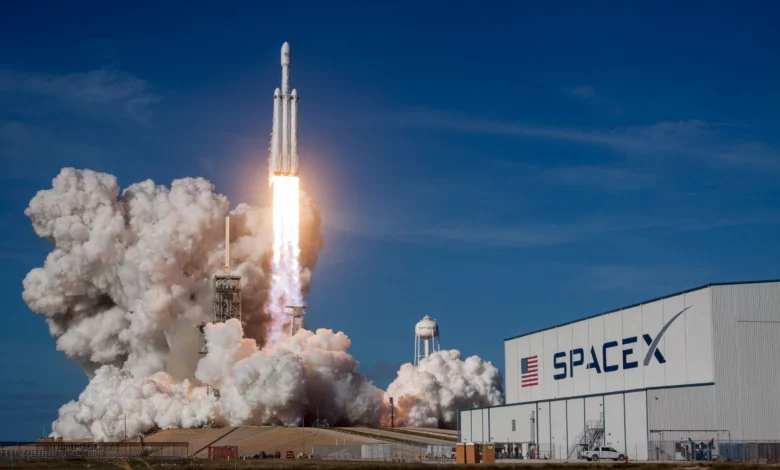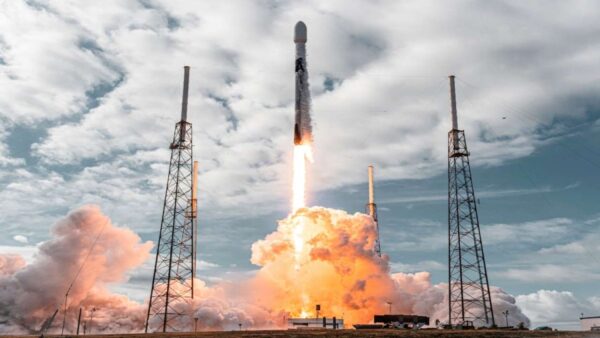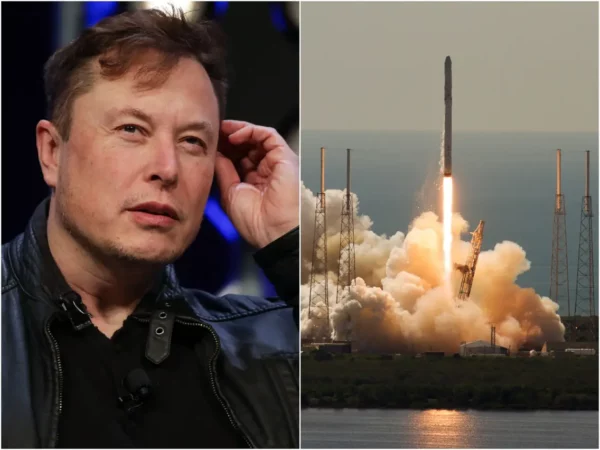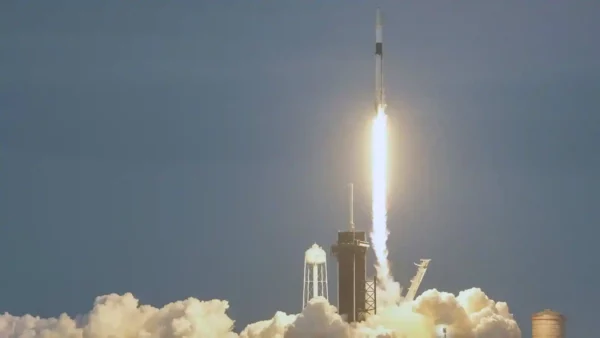Elon Musk’s SpaceX Successfully Launches 40 Satellites

Elon Musk’s SpaceX launched 40 satellites for competing communications startup OneWeb successfully last Friday.
Elon Musk’s SpaceX launched 40 satellites for competing communications startup OneWeb successfully last Friday. This took place just a few kilometres from the same launch pad from which Apollo astronauts launched for the moon for the final time on December 7, 1972. NASA’s Kennedy Space Center (KSC) in Florida launched a Falcon 9 rocket carrying 40 OneWeb satellites
This is the first of a planned three missions. SpaceX will carry out its next two dedicated launches in addition to one with ISRO through the spring of the following year.
Forty miniature satellites headed for polar orbit were launched by the Falcon rocket around dusk. OneWeb’s constellation will increase to little over 500 satellites, or around 80% of the about 630 planned satellites with just three launches left to achieve global coverage.

During live launch commentary, SpaceX propulsion engineer Youmei Zhou commented immediately after the landing that the confirmation of a nominal orbital insertion was received by them.
In a statement, OneWeb stated that all 40 of its satellites had signal reception after safely detaching from the rocket over the period of one hour and 35 minutes.
The Falcon 9’s first stage detached and returned to Earth to land on a SpaceX pad at the close Cape Canaveral Space Force Station, as seen by cameras on the ground. During live launch commentary, SpaceX propulsion engineer Youmei Zhou commented immediately after the landing that the confirmation of a nominal orbital insertion was received by them.
As part of the building of the company’s early constellation of 648 satellites in low Earth orbit, OneWeb earlier agreed to the launch of all of the company’s satellites using Russian Soyuz rockets. But in March, the British company cut ties with Russia following its invasion of Ukraine in February. Since 2019, 13 groups of OneWeb satellites have been launched using Russian Soyuz rockets. Following that, OneWeb secured launch agreements with SpaceX, startup Relativity and the Indian Space Research Organization (ISRO).

The first launch under the NSIL agreement took place on October 21 when 36 OneWeb spacecraft were successfully launched by an Indian GSLV Mark III rocket.
The first launch under the NSIL agreement took place on October 21 when 36 OneWeb spacecraft were successfully launched by an Indian GSLV Mark III rocket. The first OneWeb mission by SpaceX was carried out last Friday. OneWeb has more than 500 satellites in orbit as a result of the launch, which was the company’s first from Florida.
According to Ladovaz, OneWeb already provides internet connectivity in parts of Northern Europe, Alaska and Canada. The newest satellites will extend that service to the whole U.S. and Europe, and major chunks of Africa and South America, among other places.

OneWeb satellites are constructed at NASA’s Kennedy Space Center in a partnership with France’s Airbus. Each weighs 150 kg and is roughly the size of a washing machine.
OneWeb satellites are constructed at NASA’s Kennedy Space Center in a partnership with France’s Airbus. Each weighs 150 kg and is roughly the size of a washing machine. Furthermore, more than 3,200 Starlink satellites from Elon Musk’s SpaceX are in orbit and deliver fast, reliable internet to remote areas around the world.
According to a SpaceX mission description, the Falcon 9 first stage landing marked SpaceX’s 145th successful rocket retrieval and the fourth launching and landing for this specific booster It has earlier launched several SpaceX Starlink internet satellites , a SpaceX Dragon cargo mission in December 2021 to the International Space Station for NASA, and Eutelsat’s Hotbird 13F spacecraft this past October.
edited and proofread by nikita sharma




